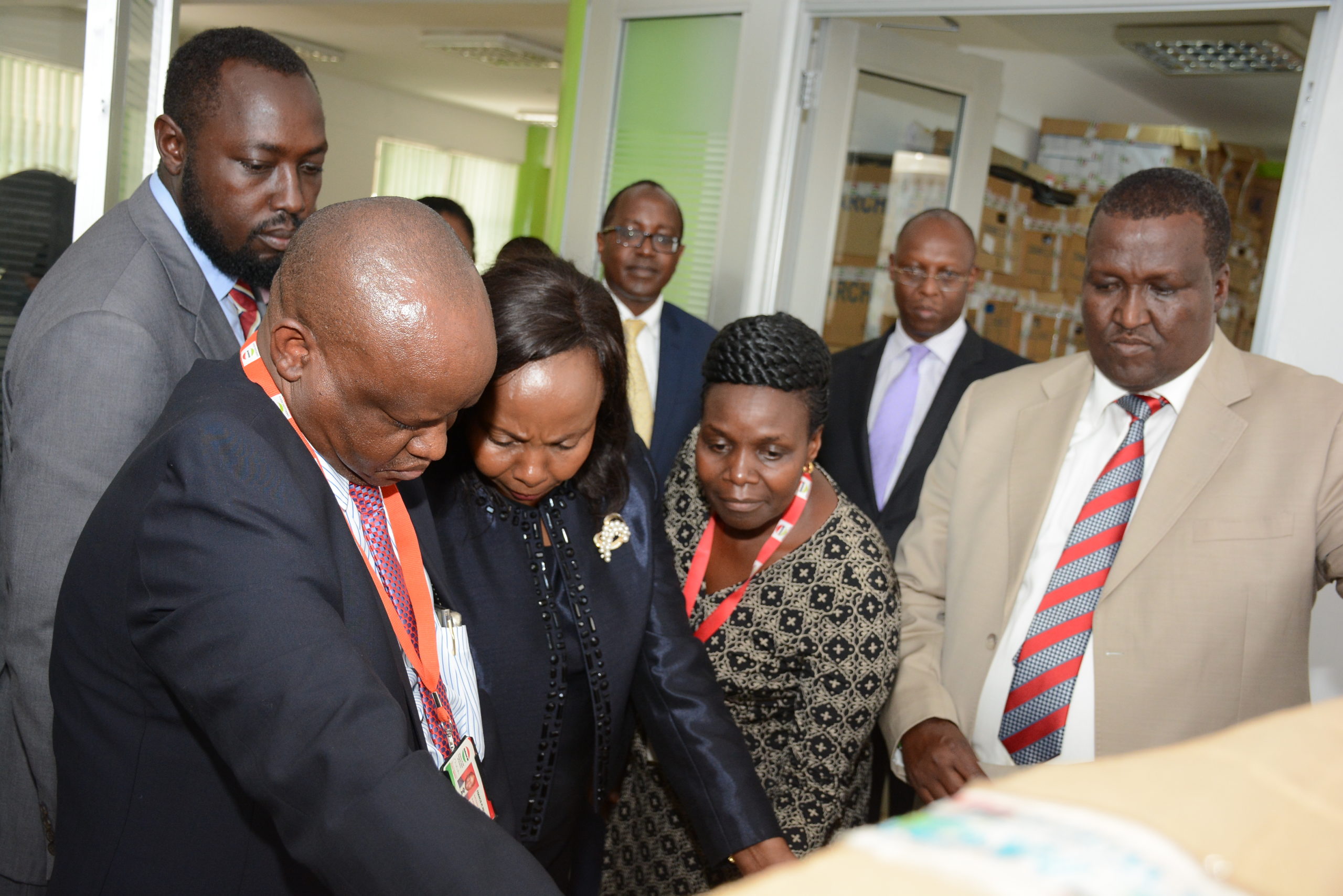The Central Bank of Kenya has released a credit survey report for October to December 2017, which shows that the ratio of total loans to total assets for the quarter-year ended December 31, 2017 was 59.44 percent, a 1.21 percent rise from 58.23 percent reported in the quarter ended September 2017.
Additionally, the fourth quarter recorded increased growth compared to the third quarter, with the aggregate balance sheet increasing from Sh4.03 trillion in September 2017 to Sh4.05 trillion in December 2017. Gross loans increased by 2.6 percent while total deposits grew by 1.72 percent from Sh2.9 trillion to Sh2.95 trillion in the same period.
The ratio of core capital to total risk-weighted assets declined from 16.2 percent to 16.05 percent. The drop in capital ratios was caused by higher surge in risk-weighted assets in comparison to the surge in core capital and total capital.
SME Lending
The report says 59 percent of the commercial banks reported a negative impact of interest rate capping on SME lending compared to 55 percent in Q3 2017.
“97 percent of the banks held their interest rates constant while 3 percent reduced their interest rates. This may be attributed to the retention of Central Bank Rate (CBR) at 10 percent and the fact that the Banking (Amendment) Act 2016, limits interest rates chargeable on loans at not more than 4 percent above the prevailing Central Bank Rate (CBR),” the report states.
Since the interest rate capping law took effect in September 2016, banks have had to lay off some employees. However, the parliamentary budget committee is reviewing the current interest rate cap.
Demand For Credit
In the fourth quarter of 2017, demand for credit remained the same in nine sectors but it declined in the building and construction sector. The decline was caused by the election period and the challenging economic environment at the time. Additionally, demand for credit for persona and household use increased because of the festive season in December.
According to the report, 77 percent of the respondents expect the rate cap to have little impact on actual credit advancement while 13 percent are of the opinion that actual credit advanced will increase. 10 percent of the respondent anticipate a decrease in actual credit advanced.
The International Financial Reporting Standards (IFRS) 9 Impact
The credit survey discovered a 12 percent increase in the banks that had assessed the impact of IFRS 9 on their financial position. Furthermore, the respondents said the IFRS 9 would change their business models, reduce credit risk, and demand more capital for increased provisions. The commercial banks that had not carried out an evaluation of these standards said they would do so by the end of Q1 2018.




